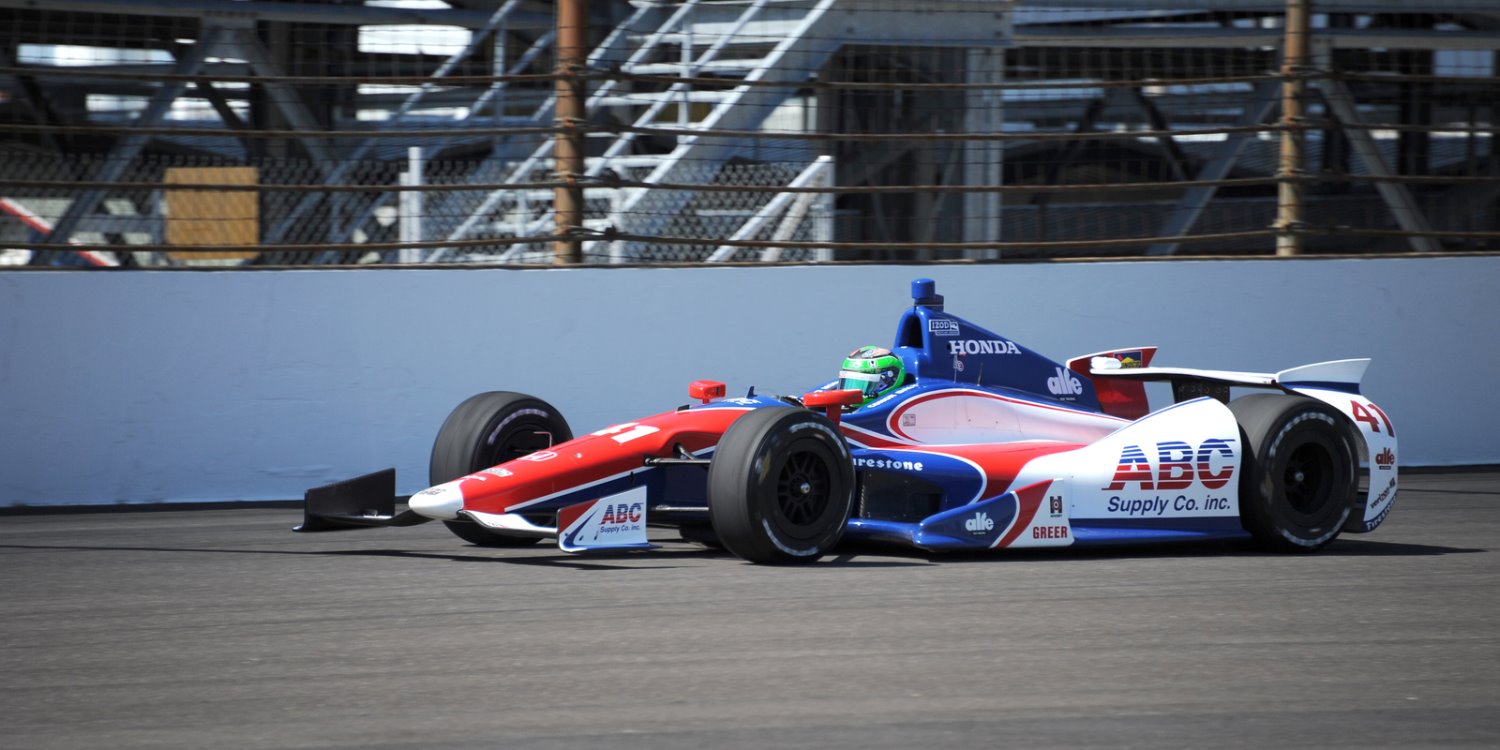So You Want To Drive The Indy 500?
 |
| Conor Daly |
We've suspected this for many years and now it's official. The Indianapolis 500 is no longer a reasonable aspiration for most racing drivers.
Indianapolis Motor Speedway (IMS) president Doug Boles was kind enough to talk with me briefly at the annual PRI trade show in Indy. I asked him what his plan was to increase the number of entries at the Indianapolis 500. His answer took me by surprise.
"We grew up falling in love with the sport when you had that number of entries," Boles said. "A lot of those entries were guys who sat around in December and said, 'You know what? We're going to build a car in our garage and we're going to enter it at the Indianapolis Motor Speedway for the Indy 500.'"
"But first and foremost in my mind is just really safety. I don't think it makes sense for us to get back to fifty or sixty cars just from a safety standpoint," Boles continued. "I'd love to see fifty or sixty or seventy cars entering and guys just being able to decide that they have a driver who's running at Putnamville and we're going to give him a shot to run at the Speedway. I just don't think it's practical anymore."
 |
| Ryan Hunter-Reay |
Let that statement sink in. American short track drivers — who routinely filled the field until the 1980s — are now considered unsafe and incapable of running the Indy 500.
Don't ever go back to the speedway and expect to find the next A. J. Foyt or Parnelli Jones. There won't be one. Nor will you ever see another Stan Fox or Rich Vogler claw their way up through the ranks and make it to Indy.
For that matter, we're also unlikely to ever see another Rick Mears or Robby Gordon. Those guys got to Indy through off-road desert racing, not Indycar's current ladder system. They would likely be considered unsafe at the speedway today.
Boles countered by saying, "We have the best on-track product that we've ever had in the history of the speedway with the last five years. The number of lead changes we have, the number of cars in the field that have a chance of winning it."
True, recent events have had a certain NASCAR-green-white-checkered-overtime excitement to them. However, this was not achieved by eliminating drivers of sprint cars, off road trucks, midgets, late models or amateur sports cars from the speedway. It was achieved — if indeed, this can be called an "achievement" at all — through regulation.
More teams are in contention because everyone is forced to use the same spec car. The additional lead changes were artificially created through "push to pass" legislation and turbo boost mandates.
Using this logic, even better races could be manufactured by enacting a rule disqualifying anyone who leads two consecutive laps, thus assuring 249 lead changes in every Indy 500.
The bottom line is this — SCCA drivers are welcome to compete at IMS in the Run Offs. SVRA drivers are welcome to Indy's vintage event. Short track drivers are welcome to buy tickets and sit in Turn Three.
But the speedway has no intention of enlarging the field past 33 cars and creating space that could be filled by new drivers from other disciplines. That is bad news for thousands of very good racing drivers worldwide. And it is even worse news for the Indianapolis 500 itself, whose relevancy continues to fade.
Stephen Cox
Sopwith Motorsports Television Productions
Co-host, Mecum Auctions on NBCSN

